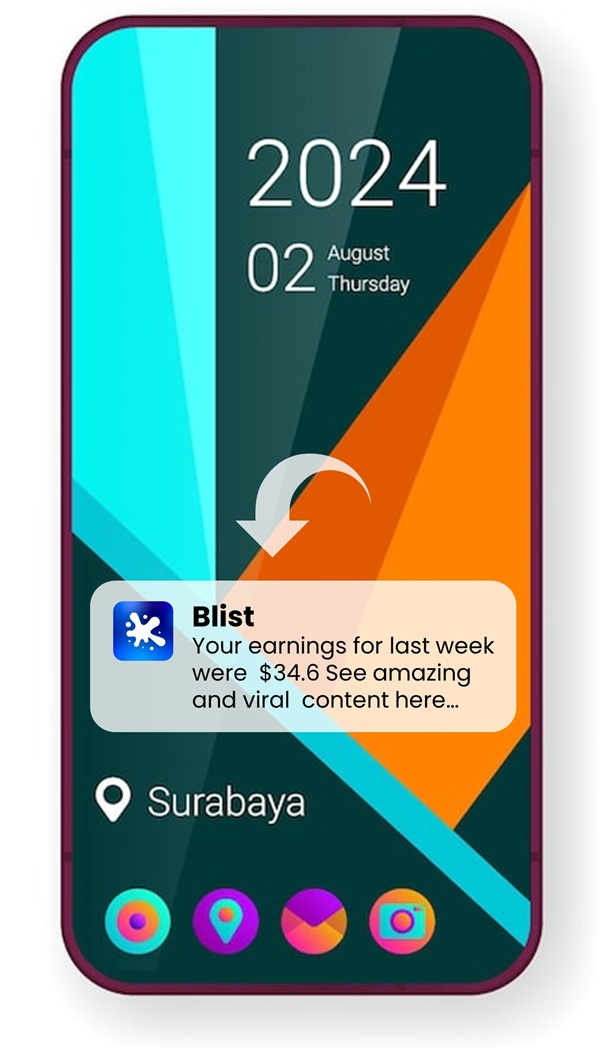14 Tips to convince almost anyone with anything 😱
-
1. Don't show that you are trying to convince

If others feel that you are trying to convince them they might suddenly become defensive.
It is natural for humans to reject or oppose change.
Introduce the subject from a neutral point of view as if you are standing on the sideline.
-
2. The power of NO

It has been repeatedly shown that people are more likely to react to something when the answer to the question is NO rather than YES.
Want to put someone on a diet?
Instead of "Do you want to lose weight?",
say "Do you want to stay fat".
Want someone to work harder?
Instead of "Do you want to get promoted?" ,
say "Do you want to be stuck in your position forever?".
Want someone to quit smoking?
Instead of "Do you want to be able to breath better?" ,
say "Do you want to die of lung cancer".
-
3. Give options

This is a very powerful persuasion technique.
When people are presented with a number of options, they feel somehow inclined to make a choice.
Mix your preferred option with a number of horrible ones.
When I want my children to study, I ask them: "Do you want to help me clean the house or do you want to finish your homework?"
Never once did they contemplate the idea of the exciting third choice of "Play!".
It works with everyone.
When I want to skip the night out with my wife, I ask her: "Hey honey, shall we sleep early or shall we order in and watch TV."
The idea of going out seldom occurs to her once these two choices are presented.
One more tip for you, list the bad choices first and your preferred choice at the end.
-
4. Use examples to prove general ideas

Just because there are few examples of something doesn't mean that it is always true, but this trick works wonders despite its obvious logical flow.
Example:
"Don't travel to Australia. My cousin went there last month and she was bitten by a snake in her bed."
Less than 0.01% of inhabitants in Australia ever get bit by a snake, but that statement alone is enough to discourage someone from taking the trip altogether.
-
5. Say "Please" instead of "Could you"

Start a request with "Please" instead of "Could you".
"Could you" is a yes/no question and the other person will contemplate the possible answers with "NO" being one of them.
-
6. Use Social Proof

People are more likely to choose or do something knowing that others have done the same.
This trick works in both personal life as much as it does in business.
Virtually every marketing campaign uses testimonials as means of social proof and for good reason, because they work!
-
7. Use humor

Humor is one of the most powerful mind control techniques.
You are more likely to win someone to your side if you make them laugh rather than feel ashamed or stupid.
Use sarcasm without causing humiliation.
-
8. Mirroring Behavior

Mirror someone's behavior as means of subliminal influence.
For example, if you are sitting with someone with their legs crossed, cross your legs as well.
Studies have shown that people are more likely to be receptive to people who look and act like them.
-
9. Use body gestures

Use hand and body gestures at specific moments in your sentence.
Make your arguments more lively by using your hands and body at key moments in your speech.
Draw figures in mid-air. Point up, down, left, and right.
Anything to keep others focused and to help draw the desired mental picture in their heads.
-
10. Give Examples

Use examples to make flat abstract ideas more comprehendible to others.
People are more likely to see how something is done or works through a conceivable example.
-
11. Show agreement

It is important for others to feel listened to and appreciated.
A discussion is a two-way exchange and people will listen to you if you listen to them.
Whenever others say something that is correct and you both agree upon it, point it out immediately.
-
12. Use quotes and metaphors

Quotes have long been known to have a magical effect on people because they are perceived to be coming from wiser people.
The strategic inclusion of metaphors at specific moments can virtually convince anyone with anything.
Use metaphors to draw a certain picture that is otherwise difficult to visualize.
-
13. Use Emotional Triggers

Some words trigger emotions in people that are more powerful than logic or reasoning.
Example: "fair", "good-fit", "quick and easy", "tested and proven", etc.
Was someone less-deserving than you promoted at work? Instead of telling your manager that you deserve it more, ask them "Was this fair"?
Most people are very concerned about being fair that they might actually change their stance based on that feeling alone.
Want to gear someone into trying something? Describe it with emotionally triggering words like tested, quick, and easy.
-
14. Use inflections in speech

Inflection is a change in the pitch of the sound at specific words in the sentence.
Watch the following video which does at fantastic job on explaining inflections
There are mainly two types of inflections: Downward and Upward
Downward inflection (downspeak): lowering the pitch at the end of the sentence.
Upward inflection (upspeak): raising the pitch at the end of the sentence.
Humans usually downspeak in commands and upspeak in questions.
Try it!
Ask yourself a question or make a command and see how your pitch changes at the end of the sentence.
Now things get interesting when you use inflections out of their ordinary place.
As a general rule, never upspeak when you are making requests or giving commands.
Downspeak if you want to make a command or a request in the form of a question.
Could you please pass me the pen? (with a downspeak)

























